Fireflies: All You Need to Know About Summer’s Favorite Bug
You’ve probably caught them in your hands, stored them in jars, or gazed outside each night admiring their bright glows. Chances are, fireflies were an exciting part of your summers growing up. But have you ever wondered what makes them light up? Read on to learn about the firefly’s lifecycle and why they light up summer nights.
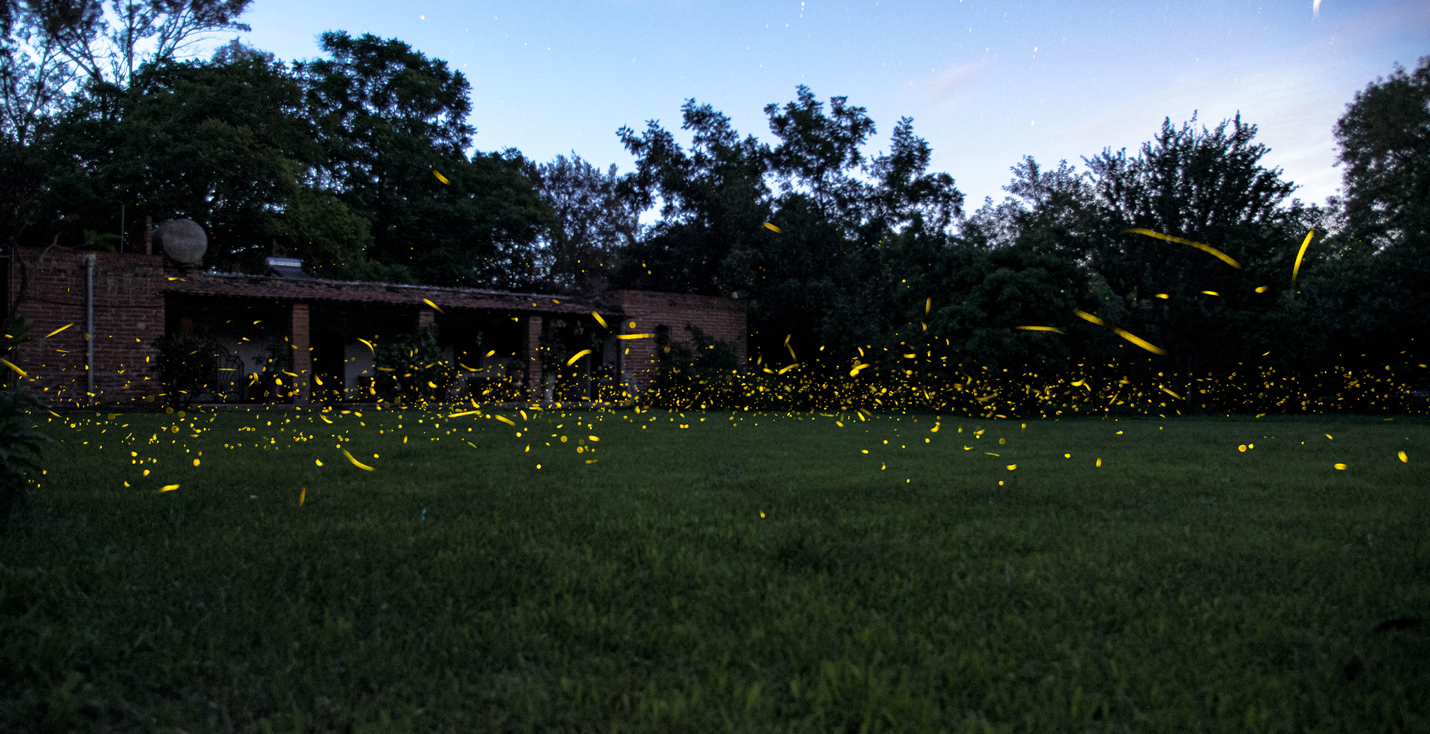
Look Closely and You May See a Faint Glow
Like many bugs, the firefly life cycle begins as a tiny egg. In the summer, females will lay around 100 eggs after mating. They prefer moisture-rich soil, often depositing the eggs under leaf heaps or mulch, sometimes on vegetation. The eggs then hatch after four to six weeks.
If you’re lucky, you may see them glowing dimly in the soil during the early stages, as their bioluminescent abilities have already started to shine.
Similarly, fireflies will spend most of the winter as larvae, but adult fireflies will go underground, “back to their roots,” you could say, to protect themselves from the colder weather. However, most firefly species only live for a few months, so overwintering is not a common occurrence.
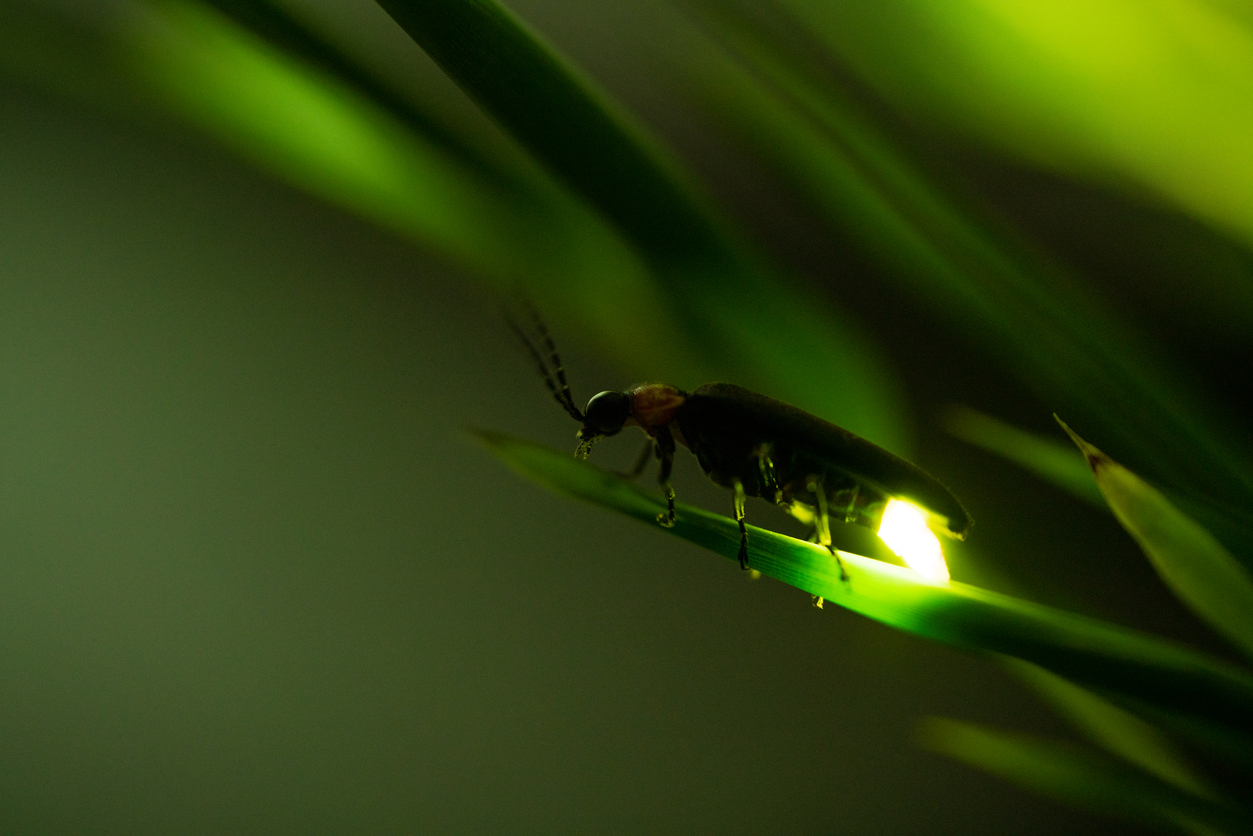
A Flicker of Love
When the eggs hatch into larvae, and the larvae mature into adults, their sole purpose is reproduction. Fireflies start to come out in late May, and the adult fireflies begin to use their light to attract a mate, flickering a species-specific pattern. Males typically fly low to the ground, signaling to females resting on vegetation. If the females find the males’ light to be up to their standards of intensity and glow, they’ll reply with their own flickers.
One species, the Photinus carolinus, synchronizes its patterns. They make their home in the Great Smoky Mountains National Park, where you can visit to see their fascinating light show. Hundreds to thousands of these bugs will emit five to eight flashes simultaneously, then pause for eight to ten seconds, during which there is complete darkness.
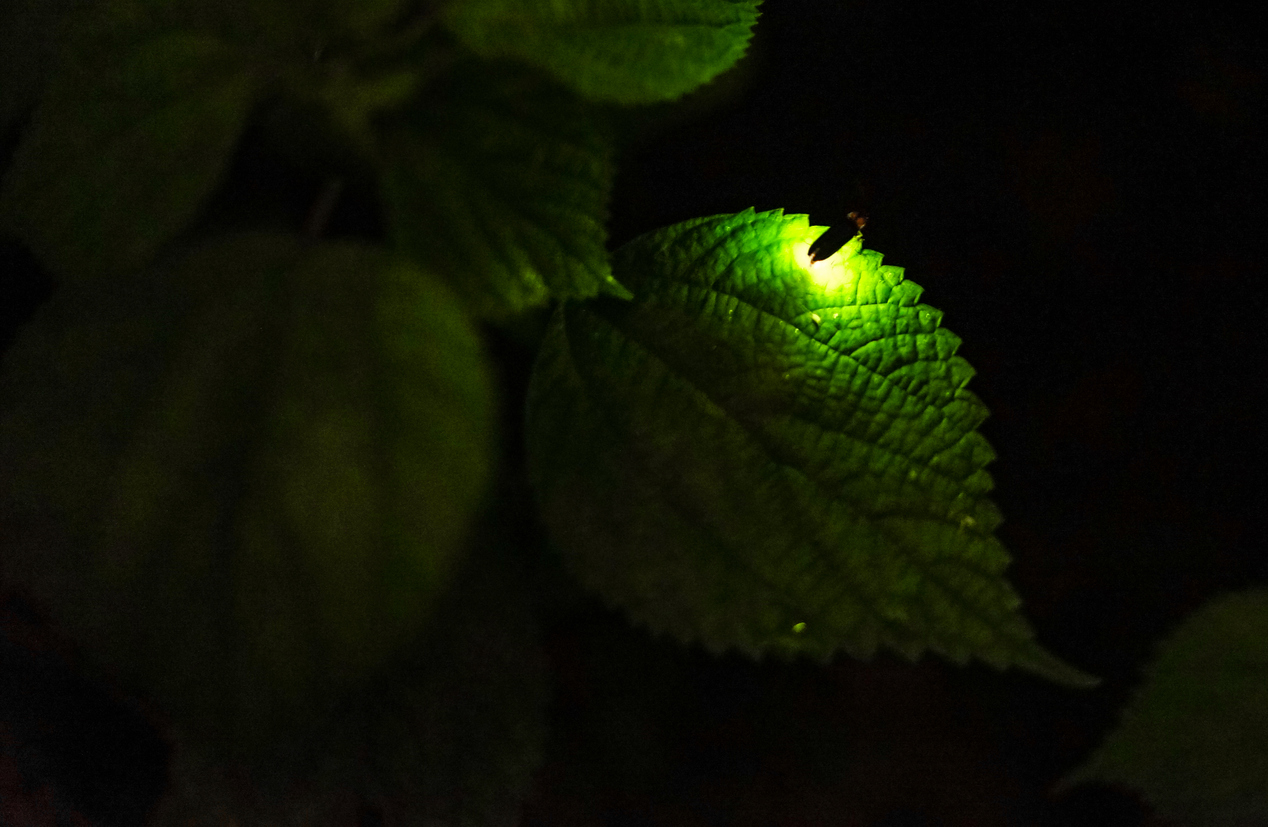
It’s Not All Romance
However, not all firefly love stories end in a glow party. Some species of females will copy the glow of another to attract a male and, instead of mating, eat him once lured in.
In other cases, lightning bugs use their glow to warn off predators and protect their space, blinking when sensing danger.
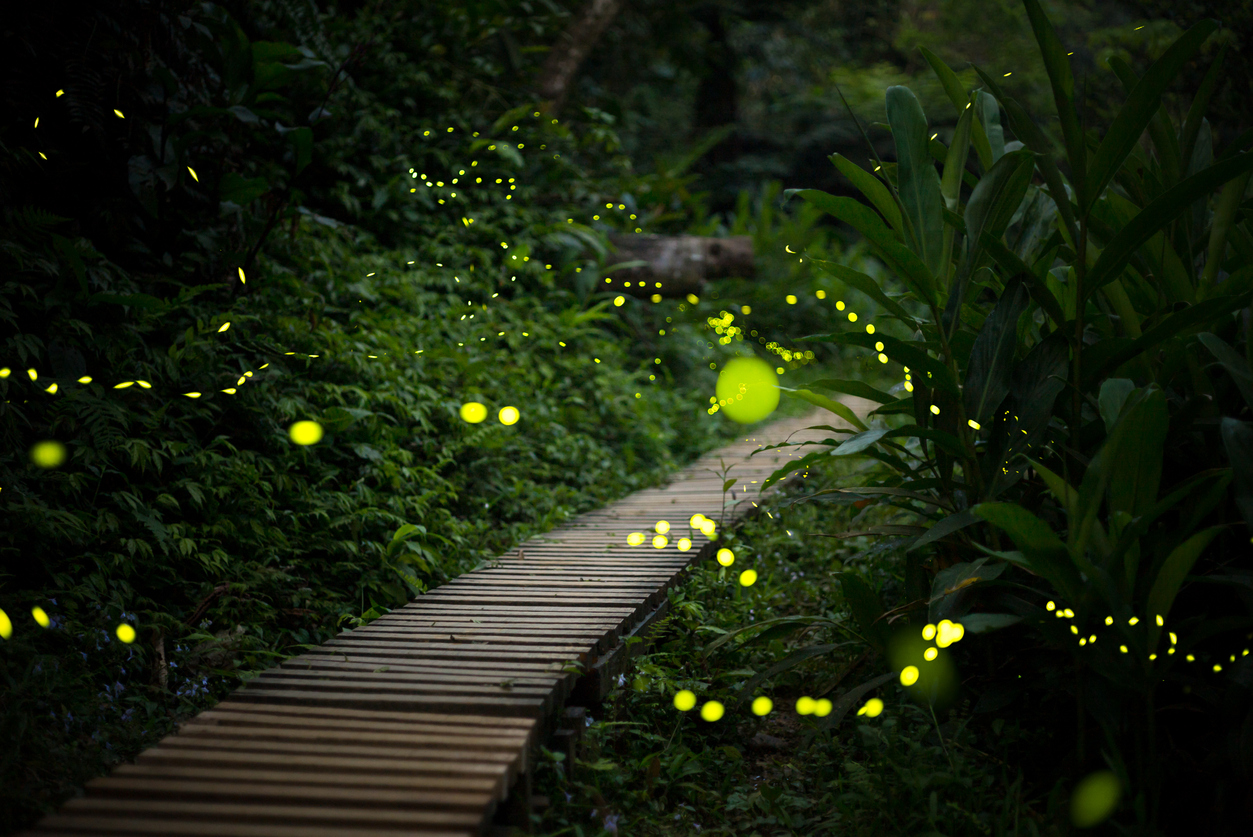
So, What Makes Fireflies Light Up?
Two chemicals in fireflies’ bodies, luciferin and luciferase, react with oxygen and other compounds. When air enters the firefly’s light organ, it controls the glow, allowing fireflies to start and stop the light.
Their light is called bioluminescence, and it’s a cold light, which means it doesn’t emit heat. One hundred percent of the energy these bugs produce goes into creating that flickering glow we see each night!
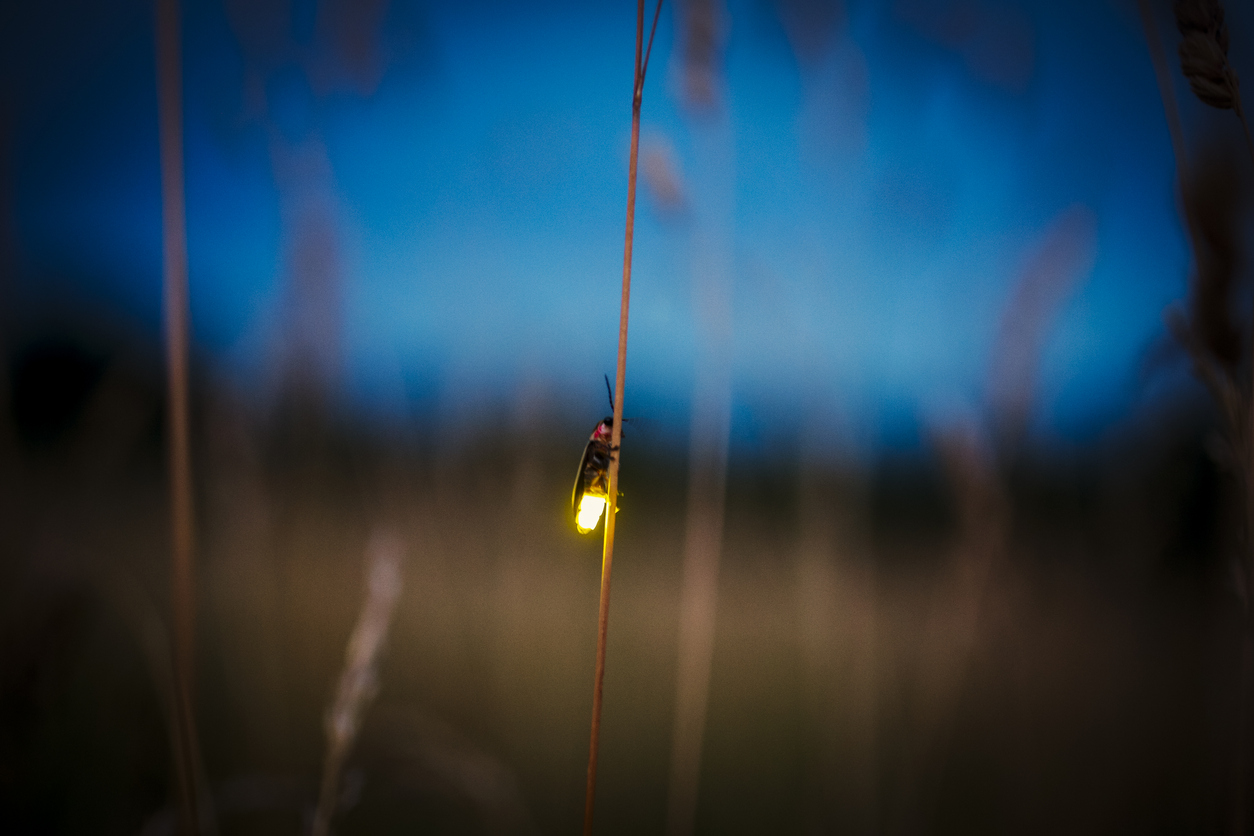
Light Up Your Summer
If you’re wondering how to attract fireflies to your backyard, it can be as simple as maintaining natural yard space with shrubs, trees, and leaf litter. Pine trees provide enough shade from light sources to attract lightning bugs, while the trees’ needles act as the perfect nest for eggs and larvae.
As you watch the fireflies in admiration (and apprehension for the unsuspecting males), don’t let other beetles or buzzes get in the way. Contact Arrow Exterminators for your pest control needs.

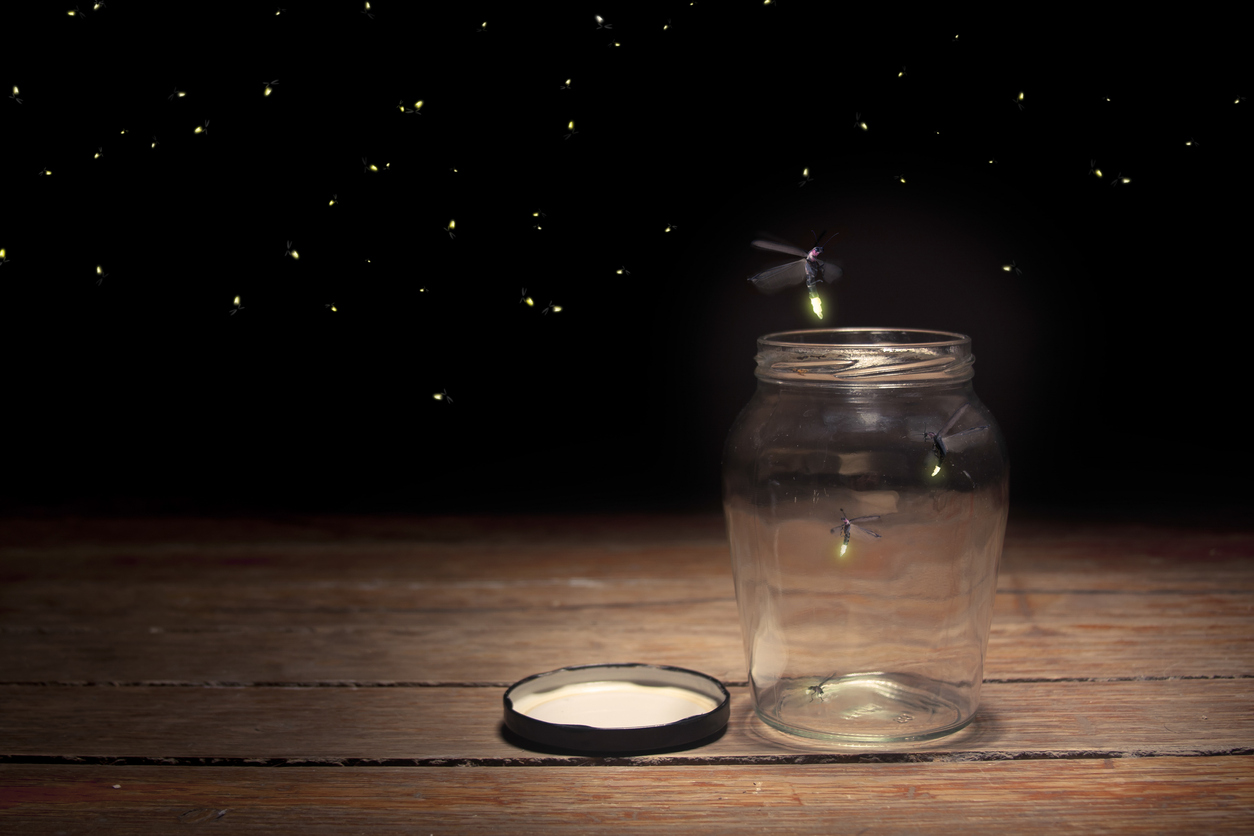




 YouTube
YouTube Facebook
Facebook Twitter
Twitter Instagram
Instagram